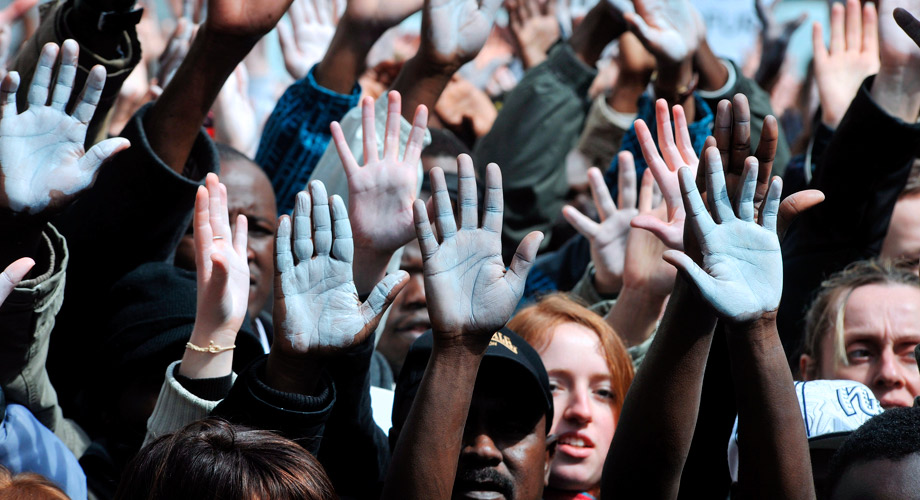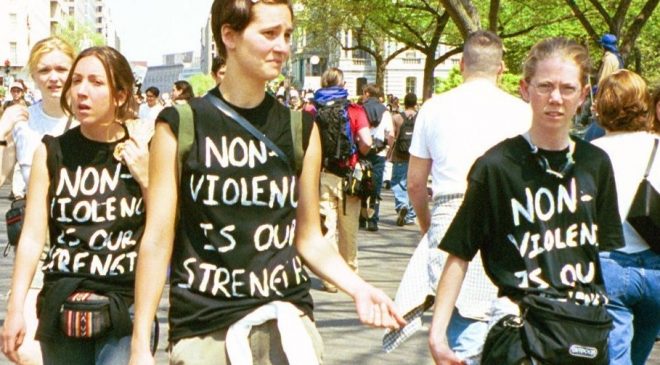It is a mistake to view cultural diversity and cultural homogeneity as enemies – in fact, they need each other.
The diversity of a city like New York has historically come not from “diversity training” a bunch of diverse people, but by bringing together a bunch of very culturally-distinctive people: Italians, Irish, English, Puerto Ricans, Eastern Europeans, Jews, African-Americans, Germans, Chinese, and so on. None of the real people who created the initial conditions for cultural diversity were themselves hailing from diverse environments.
These immigrants who shaped New York as the gold standard of cultural “melting pots” all came from strongly homogenous cultures, in which people shared stories, music, history, grievances, beliefs, genetics, and traditions. They were more strictly Italian, Irish, German, etc. than any Irish-Americans, Italian-Americans, and German-Americans can claim to be today. They were more different from each other in very real ways, because they adhered to very different cultures. And while it’s a credit to New Yorkers that they found ways to live together, diversity wasn’t always appreciated and wasn’t always easy.
In terms of their beliefs, modern Americans probably do value diversity more (and that’s a good thing). However, they also probably value (and know) their ancestors’ cultures less. The sad result of this is that there is less diversity and less diversity there to value.
The modern Americans who have descended from the early immigrants of New York (and other parts of the country) now have few cultural distinctives from each other. They probably don’t speak Italian, or German, or English with an Irish brogue. They probably don’t know the old stories or songs or places. And in the common educational narrative about diversity (a multicultural one), this isn’t actually a bad thing. When all cultures are treated as equal and all cultures exposed equally (i.e. not very much) to children, there’s not likely going to be any particular attachment to any cultural distinctives in particular.
I really think we could make America – and the world – a more interesting and more diverse place for everybody to enjoy a little more. But we each have to be OK with spending part of our lives deeply immersed in one or two *particular* cultures. And to do that, we have to be attached to that one culture in a way that isn’t culturally chauvinistic, but isn’t multicultural-egalitarian either.
For example, I’m better able to both appreciate and contribute to the diversity of the city I moved to because I was born and raised among people of roughly the same ethnicity (Anglo), religion (Protestant), political preference (conservative), dialect (Southern), and environment (rural) etc. People who are different from me are interesting precisely because I never met Buddhists, Russian-Americans, or urban planners in my early life. Now because I was raised that way, I’ll probably always value rural life more than I like the city. But that particularism also means I can bring the gifts of my upbringing and culture to people who don’t have them, and receive their gifts in return.
It is possible to love one’s own culture and to love the cultures of others. But the end of cultural diversity in fact requires cultural homogeneity – at least in early life. There’s a balance to be struck, but the common answer of generic multiculturalism seems to be more oriented toward breeding a stale homogeneity in the end.




